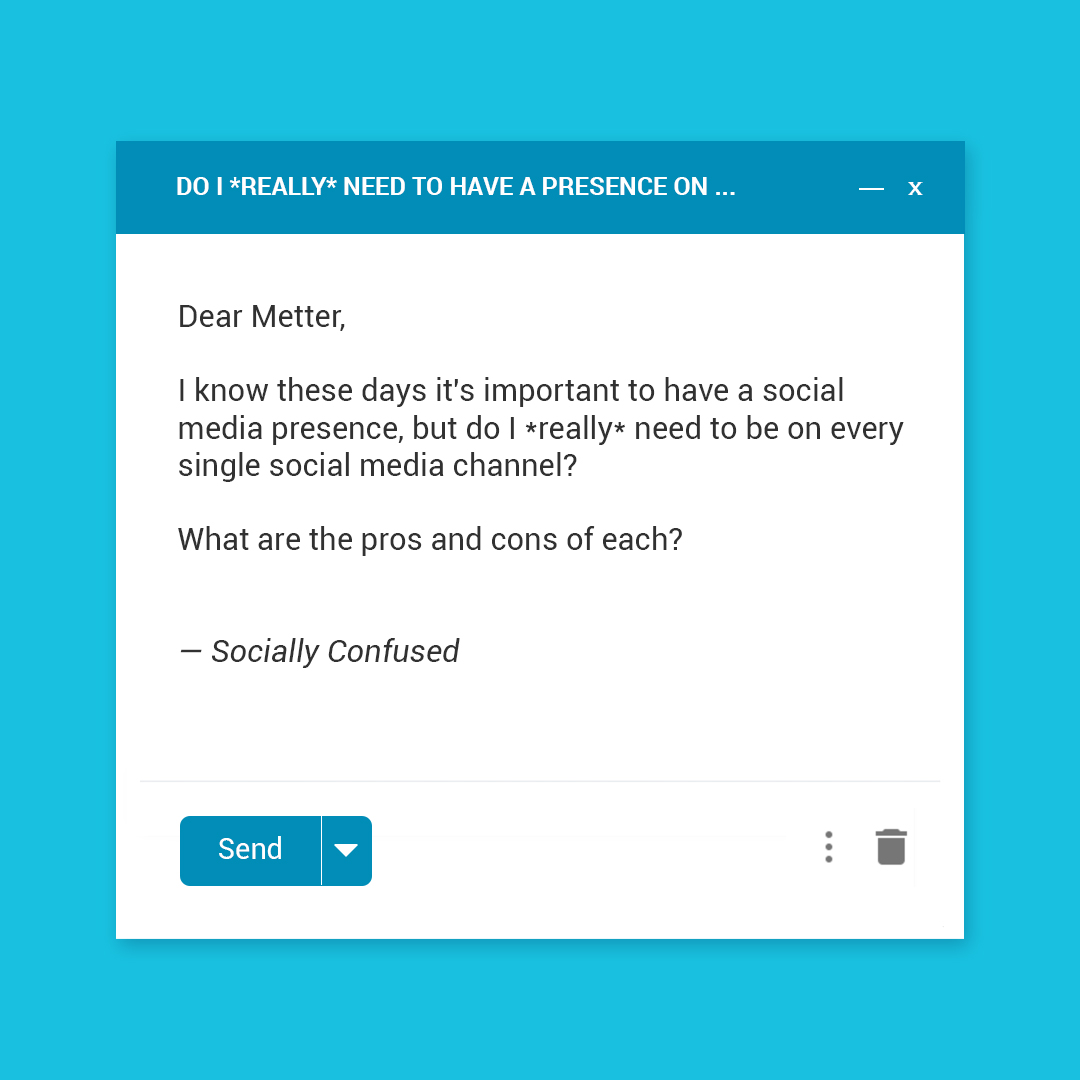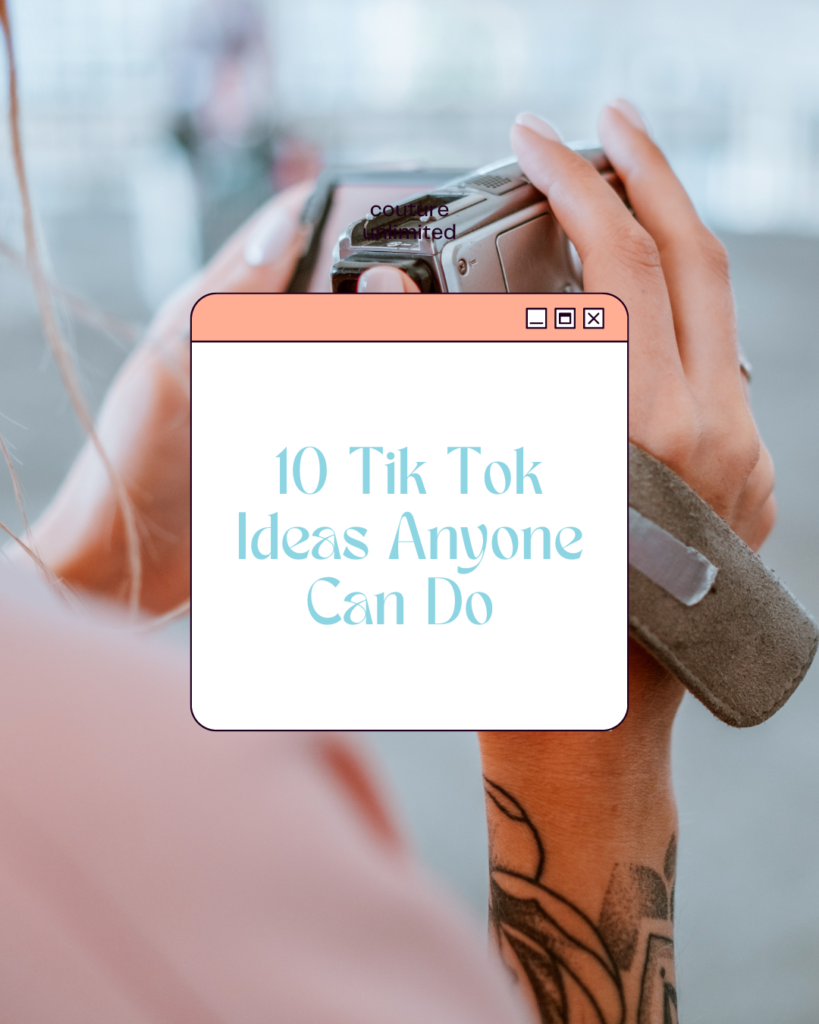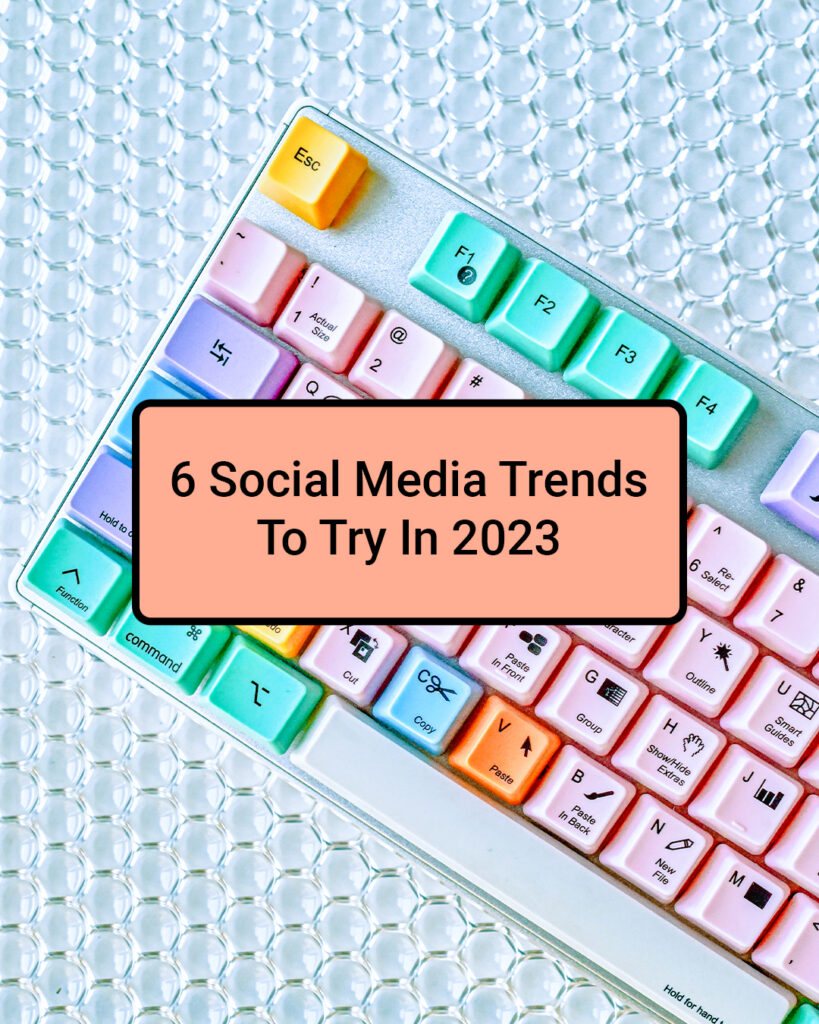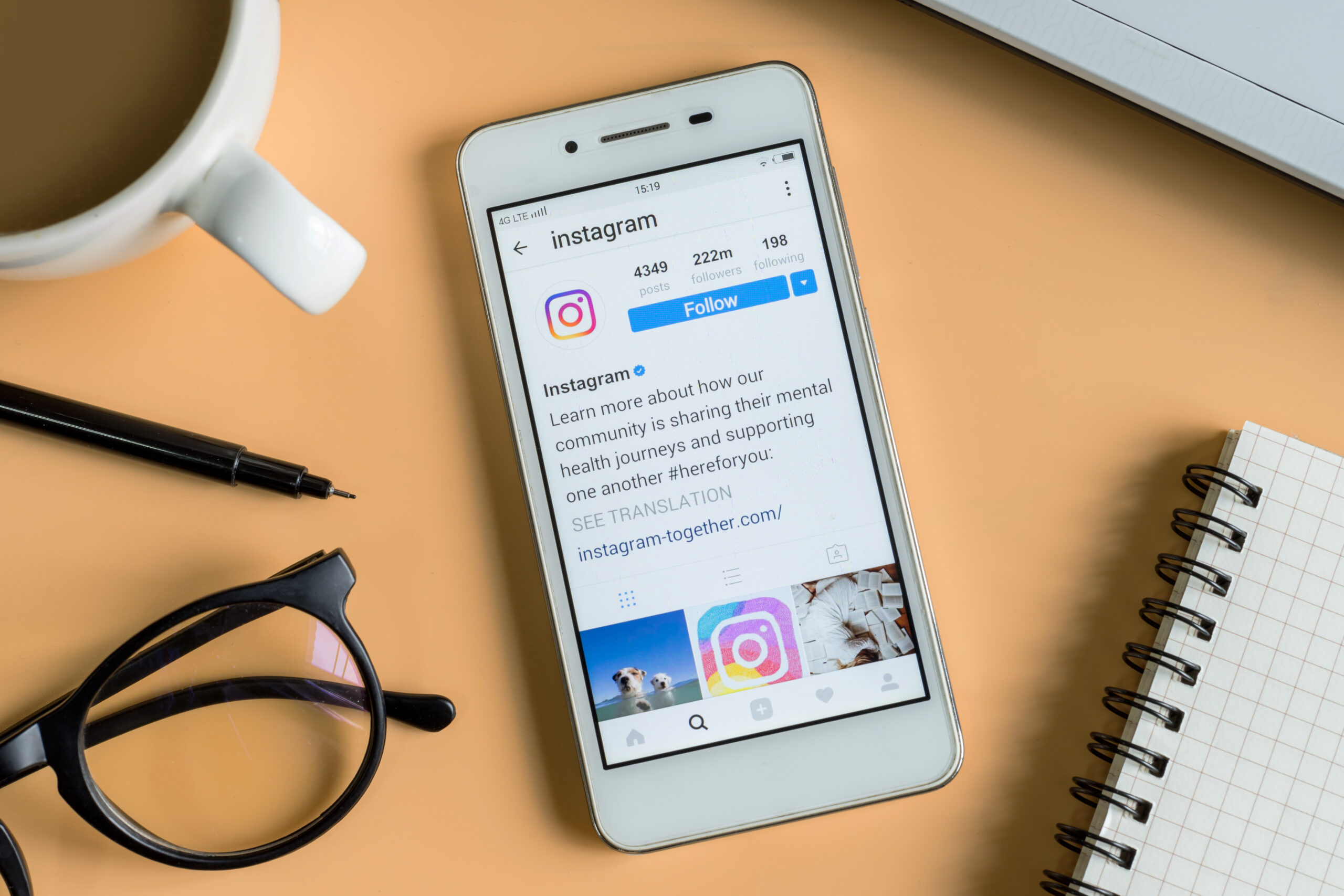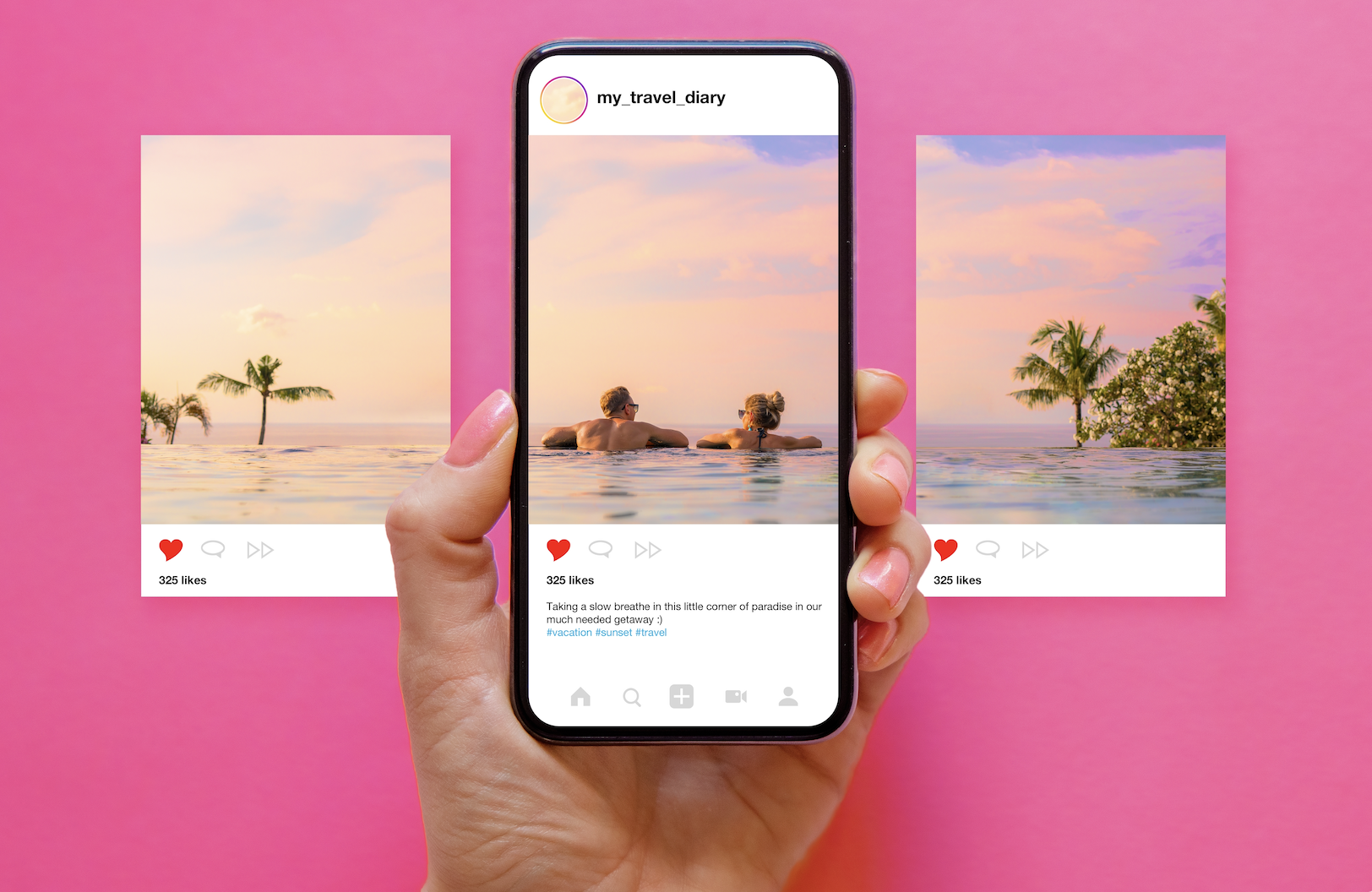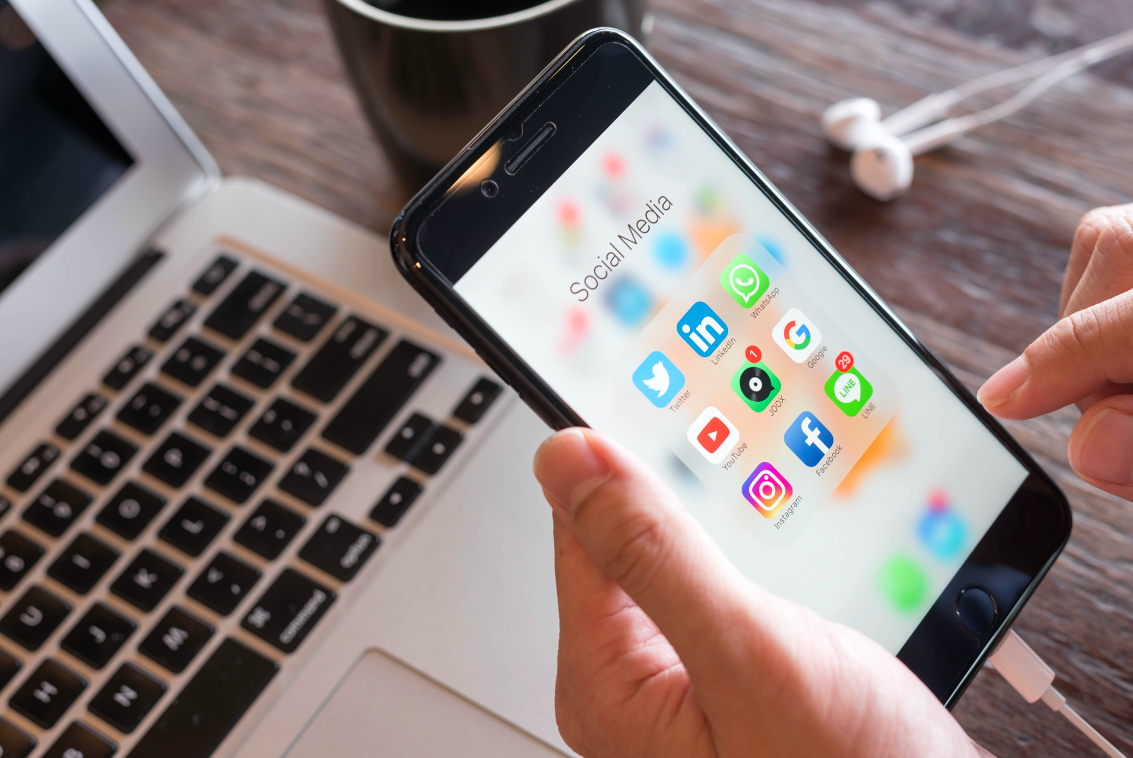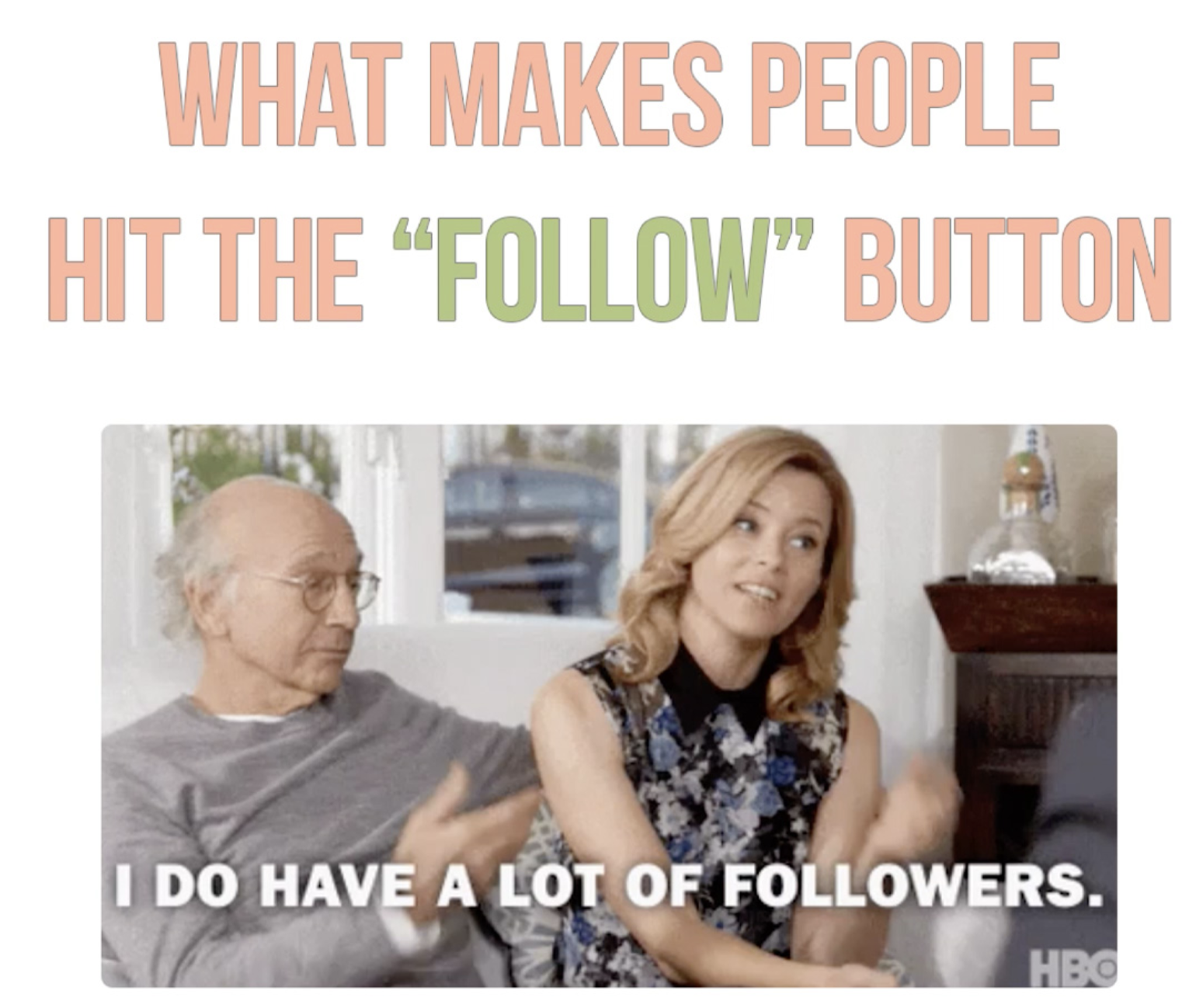Dear Metter,
I know these days it’s important to have a social media presence, but do I *really* need to be on every single social media channel? What are the pros and cons of each?
— Socially Confused
Having strong social presence goes without saying in 2020. Whether you run a small hair salon, a mid-sized bakery, or a large tech company, it’s vital to know which social media channels will bring in business and elevate your brand awareness. Most people are searching for their next bite to eat via the Instagram explore page or looking for a new insurance agent based their Facebook reviews. If you’re just getting started, or have been curious to know which channels are really worth your time, consider these pros + cons for the top social channels.
Known as the OG social media channel, Facebook is one of the easiest ways to get started when opening a business. With over 2.3 billion active users per month (the largest out of all social media channels), Facebook is a great platform to share all kinds of content. Namely videos and photos of friends + family perform best. Amongst the 2.3 billion, this channel is most frequented by users ages 18-44, while men ages 25-34, account for 19% of the entire scrolling population. All demographics aside, Facebook caters to a one-size-fits all approach for most businesses, and is a vital platform to maintain messages from guests and prospective customers. If a user sees that your average response time is less than 1 hour, with prompt monitoring, your quick response could determine whether this person chooses to visit your restaurant over the one down the block. However, the not-so-great side to Zuckerberg’s digital baby — it’s a costly competitive network. Without investing in a consistent ad budget, the ever-changing algorithm has made it more and more difficult for organic posts to reach all of your followers. With more and more Gen Z and Millennials tapping over to Instagram and Snapchat, Facebook may not be the right channel for your brand if you’re looking to reach a younger audience.
Twitter is known to be the ideal platform for receiving speedy, real-time updates. While it’s most heavily used in the media industry, brands such as Taco Bell & Charmin (yes, the toilet paper company) have nailed their brand voice and are using it as a tool to connect with users through humor. Although these large brands receive a much higher engagement from their followers, Twitter is a great platform to jump on to hashtags, memes, and other trending topics as they make sense for your brand. If you’ve got a strong brand voice and are open to bringing some candid humor to your audience, Twitter is definitely worth investing in. But this channel has its downsides too. User growth has stalled, and less and less users are creating new accounts compared to other networks. This means that the likelihood of building a solid audience with Twitter is slim. If your businesses’ audience values real-time updates or appreciates a little humor on their feed, Twitter just may be the channel for you. If neither of these check your box, Twitter may not be the best use of your company’s resources.
The notorious IG has over 1 billion active monthly users that is by far the most visually appealing platform around. It’s a go-to option for most Gen Zers and Millennials, as 64% of these generations use Instagram on the daily. If you’re a retailer, restaurant, yoga studio, or even a food truck, users are going straight to Instagram to look up where to find their next sweat or a #lit night out. This channel’s all about what you make of it. You can post on the fly about just-in products on Instagram Stories. Or, you can plan ahead with integrated scheduling platforms to share about upcoming events, staff spotlights, or even create a cohesive feed with your brand’s colors like @functionofbeauty. With a messaging platform and simple way to see tags and mentions, Instagram is a fantastic channel for establishing a sense of trust and community amongst your followers. On the flip side, the algorithmic timeline (versus a chronological timeline) and heavy presence of paid advertising makes it increasingly harder for organic posts to be seen on a feed.
With an effortless user-experience, more and more users are turning to Instagram. It all depends on your company’s needs, what your audience is looking for, and ultimately how much time you want to invest. Whichever extent you choose to go to for your brand, Instagram is the new Google, especially for Gen Z and Millennials.
LinkedIn is one of the newer channels — but it can sit with us. Here at Metter, we have a ton of corporate and insurance clients. We particularly love LinkedIn for them because it’s the ideal channel for connecting with professionals. In any business platform, thought-leadership is key, and LinkedIn has optimized link and article sharing, making it super conducive for sharing thoughts, ideas, and news. LinkedIn also prides itself on being a career networking platform, so if your business is hiring or going to be hiring, building up your profile to ensure you have a strong employer brand is certainly helpful. However, this channel is not optimal for selling products. While only a quarter of users are active, LinkedIn often requires a larger time commitment. This platform provides a great way to share about professional services, B2B, or offer professional advice.
Have a question about social media? Ask us here.
Metter Media LLC is a Boston-based social media management company that implements community-based, localized social engagement strategies for small businesses and corporations alike. Need help with your social media? Email Lauren today.
